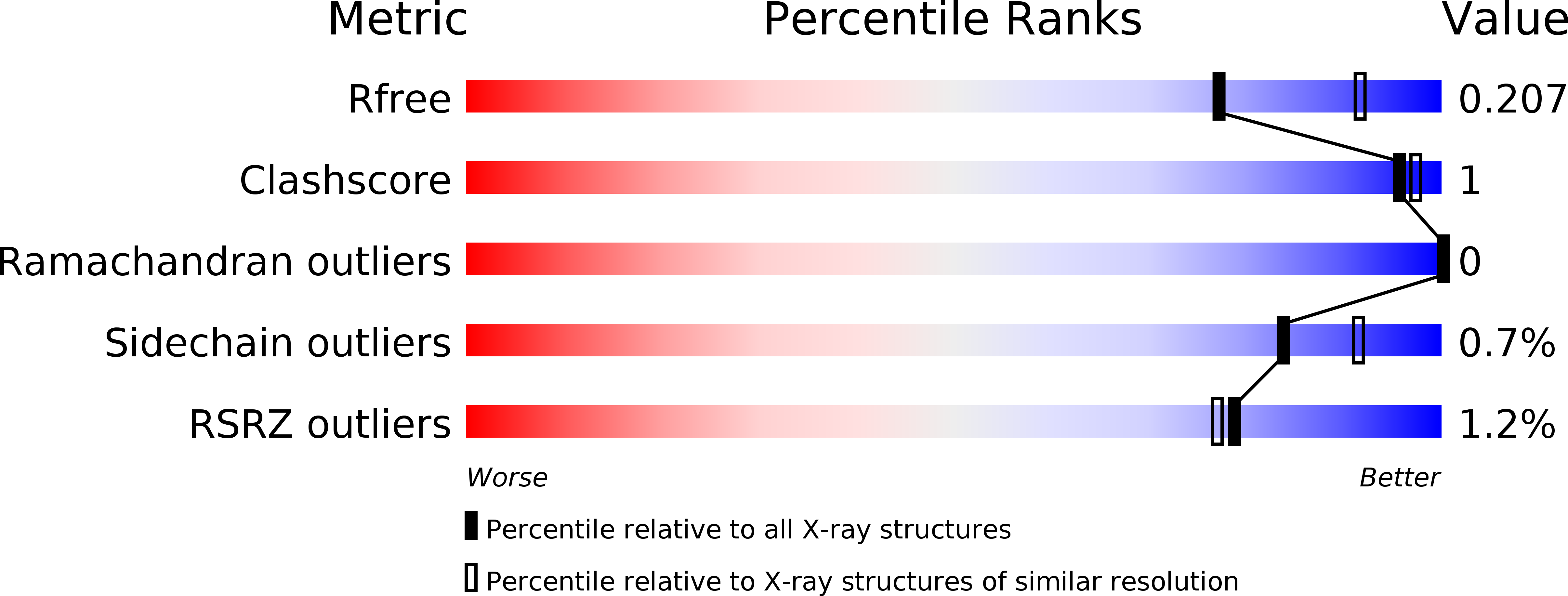
Deposition Date
2015-09-15
Release Date
2016-02-10
Last Version Date
2024-03-20
Entry Detail
PDB ID:
5AZ0
Keywords:
Title:
Crystal structure of aldo-keto reductase (AKR2E5) of the silkworm, Bombyx mori
Biological Source:
Source Organism:
Bombyx mori (Taxon ID: 7091)
Host Organism:
Method Details:
Experimental Method:
Resolution:
2.20 Å
R-Value Free:
0.20
R-Value Work:
0.15
R-Value Observed:
0.15
Space Group:
P 61 2 2


